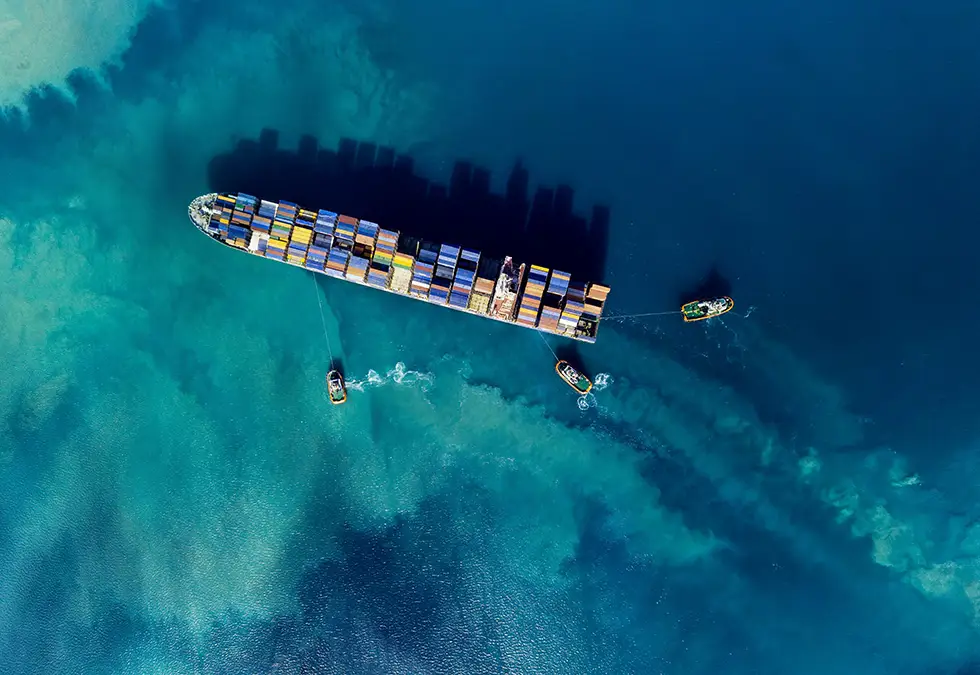This article was produced in collaboration with Insurance POST
At every trucking fair and trade publication and in each promotional video the industry is demonstrating the advances in autonomous commercial vehicles.
The costs savings of commercial autonomous vehicles are, potentially, significant. Staffing costs are an obvious saving with the possibility of driverless vehicles. Manufacturers are boasting fuel and other efficiency savings with autonomous vehicles calculating the most efficient route, driving speeds and operational parameters.
Safety is (quite rightly, of course) of paramount importance. Any promotional video will demonstrate the ability of autonomous vehicles to react to dangers and environmental conditions. There will be footage of vehicles stopping suddenly to avoid accidents.
Driver error is, of course, a major factor in many road traffic accidents. These can result in loads spilling across motorways and considerable claims for impact damage. If a vehicle can read the road conditions and react to other road users to avoid such collisions and other accidents, that could make a very significant impact on insurance claims for loss of and damage to cargo. Furthermore, driverless vehicles don’t need extended stops to comply with driving hours regulations. Cargo is, without doubt, at its most vulnerable during such stops.
Predictability is being lauded as a positive, a benefit of these new autonomous commercial trucks, but while this predictability may be a selling point in terms of safety, does it potentially expose the truck and its cargo to increased risk of attack by thieves?
Easy to stop
A simple review of a promotional safety video will demonstrate to a thief just how easy it is to stop an autonomous vehicle. If these trucks react to obstacles and danger in a predicable manner, thieves will work this out pretty quickly. Furthermore, if trucks use an algorithm to calculate the most efficient route, a thief using the same algorithm can track the route and plan an attack far more effectively. Thus, a drive to increase efficiency and reduce costs could expose the loads to substantial risk.
We have seen the impact of a cyber attack on a major ocean carrier. As forwarders hauliers consolidate and employ increasingly large fleets of vehicles, the risk in the haulage sector must also be considered. This is particularly so in a sector where the funds available for IT investment are often much smaller. If an autonomous vehicle’s safe response to a cyber attack is to pull over and stop, this could leave a large quantity of cargo very vulnerable.
This will lead to some interesting arguments in relation to liability. International road haulage across much of Europe (and indeed, many states outside Europe) is governed by the Convention on the Contract for the International Carriage of Goods by Road or CMR. This convention dates from 1956 so it is not surprising that it does not address automated vehicles and the risks of a cyber attack. It looks at liability on the assumption that the carrier is responsible for the acts and omissions of its “agents, servants or other persons of whose services he makes use in the performance of the carriage” (Article 3). Does an autonomous vehicle or the programme driving the vehicle qualify under such a description. Or perhaps the programmer or the writer of the algorithm fit the profile?
If thieves block the path of a vehicle, causing it to stop, does this give rise to a defence under Article 17.2 of the CMR as a circumstance which the carrier could not avoid, even using the utmost of care? A driver may have spotted the attempted hi-jack and driven around the obstacle whereas an autonomous vehicle may simply stop – as this is seen by the manufacturers as the safest option. It is not clear whether the test applied by Article 17.2 of the CMR is to be assessed by reference to the method by which the vehicle is controlled or whether a court would compare the reaction of an autonomous vehicle to the actions of a driver when assessing the “utmost of care”.
The freight and logistics market has already embraced a degree of automation – particularly in relation to the collection and release of cargo from ports and depots. We have already seen thieves adapt their methods to overcome such automated security. PIN number systems are often hacked or bypassed. As automation of vehicles increases, thieves will inevitably continue to adapt their methods accordingly.
The safety features of autonomous vehicles may, in due course, reduce the number of accident related claims. However, will the predictability of these vehicles cause an increase in thefts of cargo?
Read more items in Marine Brief - December 2019
Related items:
The future of transport: A brave new world?

 Insurance and reinsurance
Insurance and reinsurance
 Shipping and international trade
Shipping and international trade
 Transport and logistics
Transport and logistics
 United Kingdom
United Kingdom